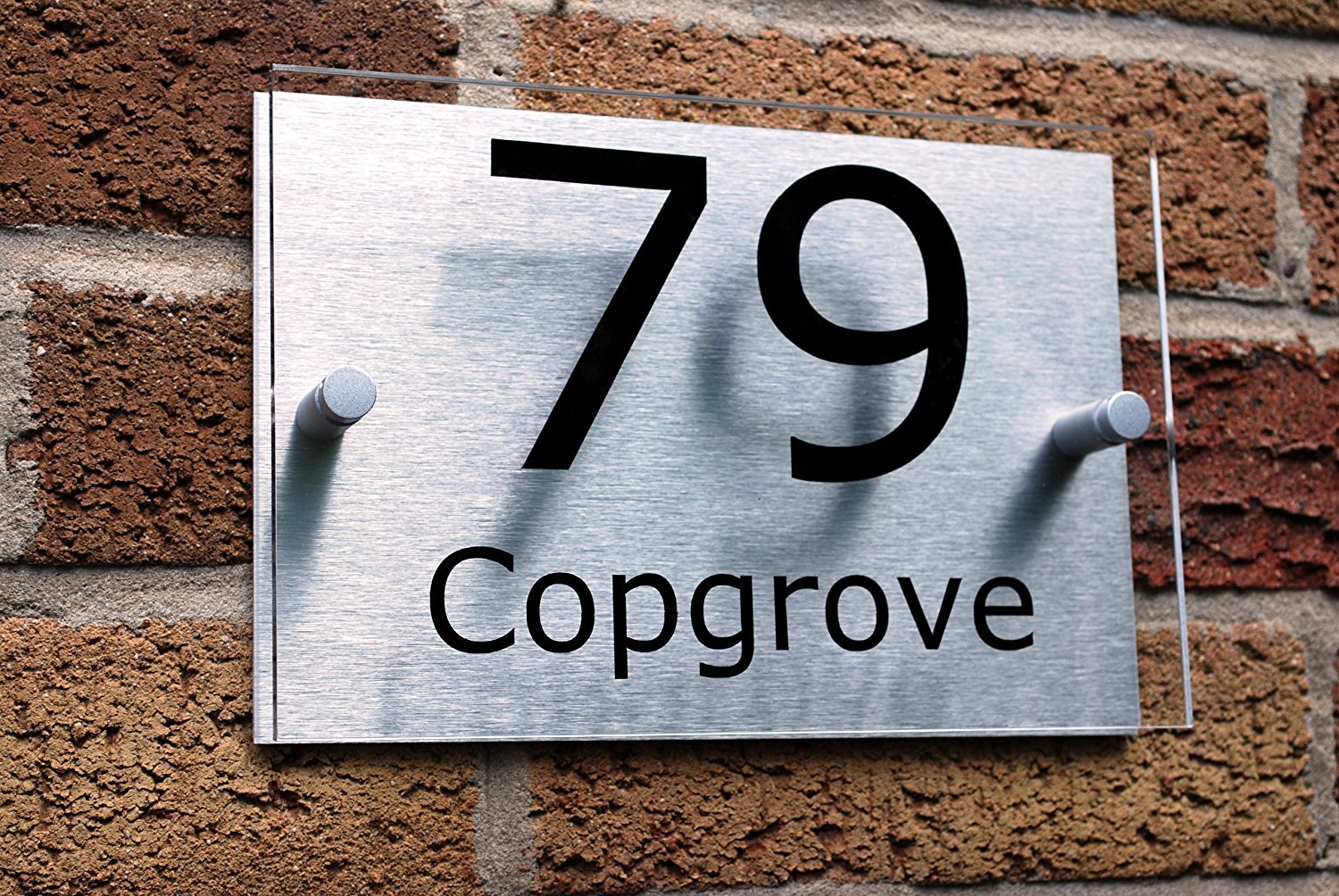

There is no plan to reassign these numbers. In New South Wales and South Australia, the vast majority of streets were numbered when the land titles were created, with odd numbers assigned to houses on the right of the street when facing the direction along which numbers increase. Conversely should block of land be combined such as 51, 53, 55, the numbers might go 49, 51–55, 57. 9, is divided into parts, the sequence might go 7, 9, 9A, 11, 13. For example, Underwood Road in Rochedale South, part of which is divided between Logan City and the City of Brisbane.

Exceptions are where the road forms part of the boundary between different council areas or cities. It first came into force in 2003 under AS/NZS 4819:2003 – Geographic Information – Rural & Urban Addressing.

The standard calls for lots and buildings on newly created streets to be assigned odd numbers (on the left) and even numbers (on the right) when facing in the direction of increasing numbers (the European system) reflecting already common practice. In Australia and New Zealand, the current standard (Australia/New Zealand joint standard AS/NZS 4819:2011 – Rural & Urban Addressing) is directed at local governments that have the primary responsibility for addressing and road naming. The number 5 means that the property is between 40 and 60 metres (130 and 200 ft) from the datum point of the road, and is on the left hand side of the road as viewed from the datum point. Australia and New Zealand Ī RAPID number sign in New Zealand. For instance, some US cities started efforts to improve their schemes in the late 19th century. ĭue to the gradual development of house numbering and street addressing schemes, reform efforts occur periodically. On 1 March 1768, King Louis XV of France decreed that all French houses outside of Paris affix house numbers, primarily for tracking troops quartered in civilian homes. In the 1750s and 60s, street numbering on a large scale was applied in Madrid, London, Paris, and Vienna, as well as many other cities across Europe. in little villages on the day before the troops march in". Street numbering took off in the mid-18th century, especially in Prussia, where authorities were ordered to "fix numbers on the houses . Parts of the Paris suburbs were numbered in the 1720s the houses in the Jewish quarter in the city of Prague in the Austrian Empire were numbered in the same decade to aid the authorities in the conscription of the Jews. The New View of London reported in 1708 that "at Prescott Street, Goodman's Fields, instead of signs, the houses are distinguished by numbers". In the 18th century the first street numbering schemes were applied across Europe, to aid in administrative tasks and the provision of services such as Mail delivery. However, the purpose of the numbering was generally to determine the distribution of property ownership in the city, rather than for the purpose of organization. John Rocque's Map of London, 1746.Ī house numbering scheme was present in Pont Notre-Dame in Paris in 1512. One of the earliest street numbering systems was introduced along Prescott Street in Goodman's Field, London.


 0 kommentar(er)
0 kommentar(er)
